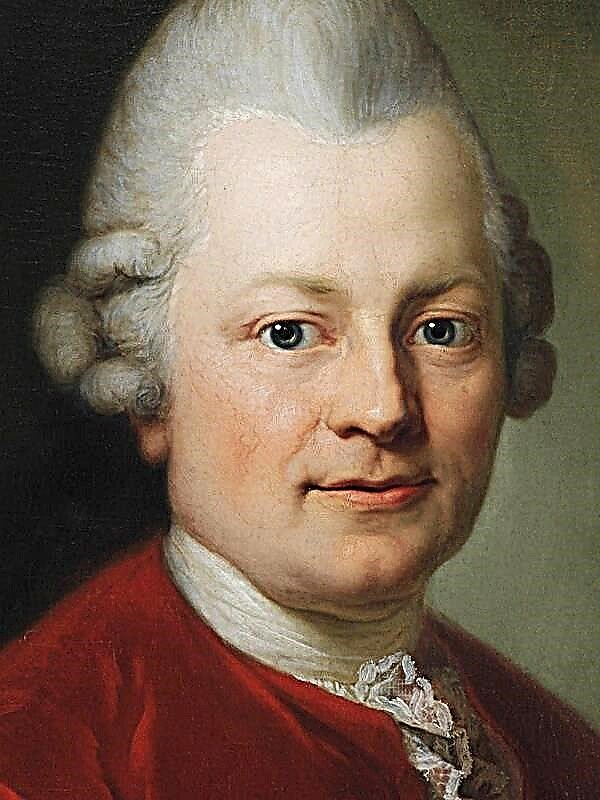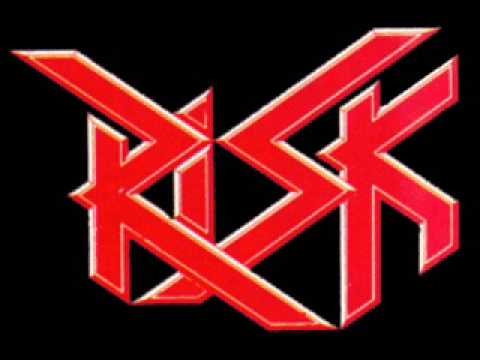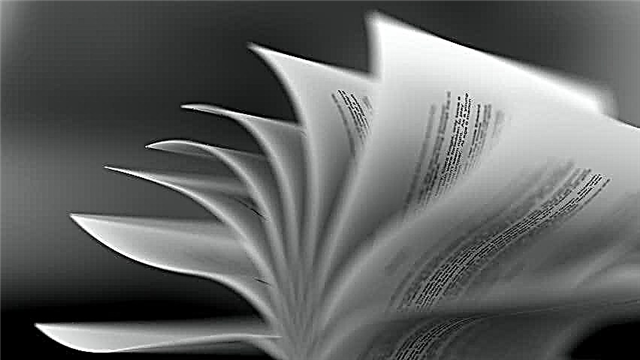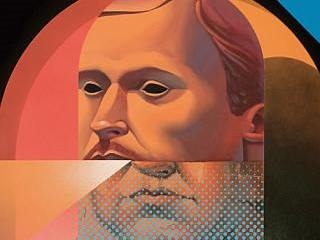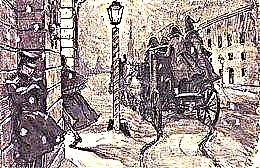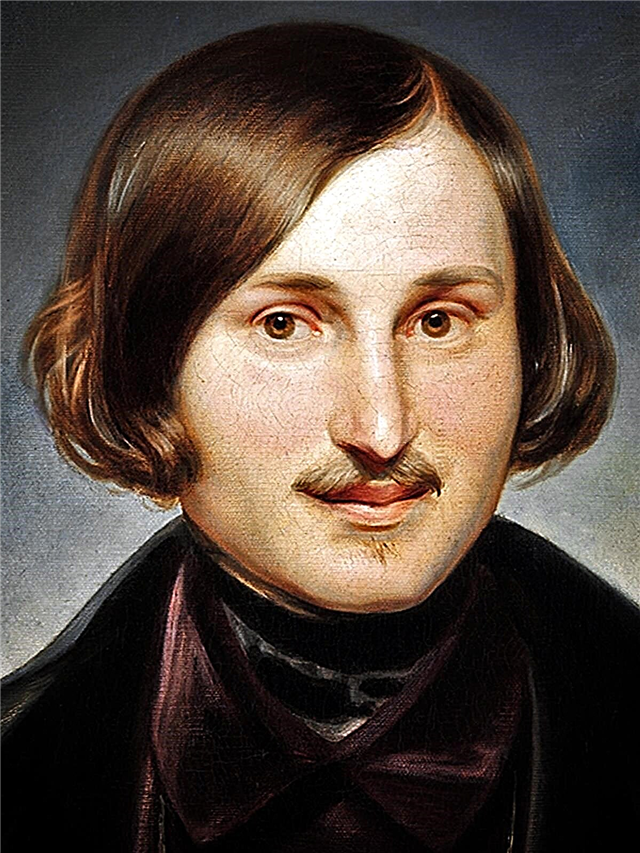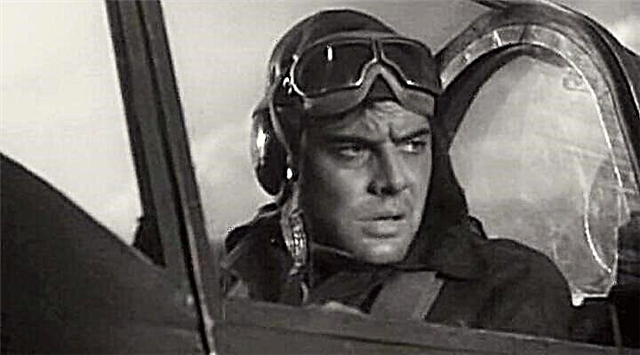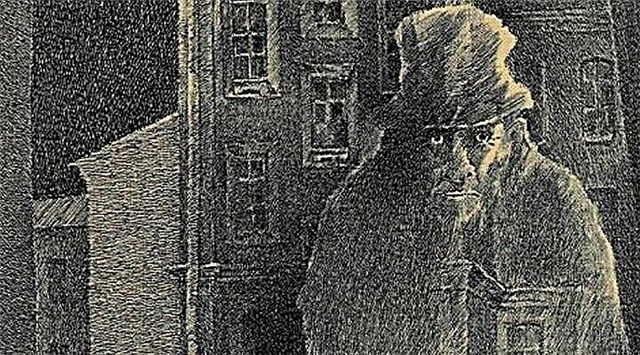The most expensive time in a person’s life is his childhood, when the world opens anew for everyone. When you want to enter a fairy tale called “Miracles”. It is at this happy time that the foundation is laid which is the forerunner of further fate. Mercy, compassion, sensitivity of the soul, fidelity, kindness - all of them are united under A. Chekhov in a single and comprehensive sense of love: love for “your neighbor”, for animals, for nature, for your homeland. The author shares this impulse with us in Kashtanka.
History of creation
For the first time in 1887, the newspaper Novoye Vremya published a story under the heading “In a Scientific Society”. Recycling it in 1892 for a separate illustrated publication, the author changes the name of the work, dividing it into chapters in a new way and adding to the chapter “Good Night”.
Contradictory information about the plot sources of the work has been preserved: on the one hand, the publisher Leikin testifies that it was he who gave Chekhov the theme of the dog Kashtanka; on the other hand, V. Durov, in the book “My Animals,” recalling his beloved dog, claims that he told the writer about his faithful friend.
Genre, direction
A. Chekhov was very kind to children, believing that you need to talk to them in an adult way, but using an accessible language and interesting literary forms. The genre that has absorbed elements of fiction, romance, is a fairy tale. It is for children that he writes a work that he characterizes as a "fairy tale from a dog’s life."
The traditional direction of Chekhov is realism.
Essence
Kashtanka lives by a joiner who can afford an “unfriendly” behavior toward her. But even more cruel "experiments" with the dog are arranged by the son of Luke Alexandrych - Fedyushka. Once, following the city after his master, the dog finds himself in an unknown courtyard. Despair and horror settle in his soul.
At this difficult moment, a stranger appears who gives shelter to the cur.
The new owner - caring, attentive, affectionate - creates good conditions for the dog and calls it Aunt. She makes friends: Kota, Goose and Pig. Having given Auntie to get stronger and get used to the environment, he begins to accustom her to circus art. But the dog has to speak only once, as voices familiar to her are heard in the crowd of spectators. Interrupting the performance, Kashtanka rushes to them.
Everything is back to square one.
The main characters and their characteristics
The main characters are people and animals.
- Characteristics of Chestnuts. The chestnut color in its hue approaches the “sunny” color, that is, light, kind, positive. The author “humanizes” her, endowing with the ability to reason, to compare. Through the eyes of the dog separate “scenes” are given in the narrative. She is possessed, depending on the situation, moods of joy, tenderness or despair and horror. What a mongrel can't stand is music that upsets her nerves. It is a sharp sound that becomes the root cause of the fact that Kashtanka is alone in an unfamiliar place. The main character trait is loyalty to one's master, the desire to “thank” at the first opportunity for caring for her, for love. An equally important feature is the ability to make friends, to empathize with the same “smaller brothers”.
- Luka Alexandrych - the owner of "cross the dachshund with a mutt." At first glance, it may seem that this is a rude, uncouth man. But, above all, he is a hard worker who has a difficult job supporting his family. Customers appreciate his ability to do carpentry. He spends most of his time at the workbench. Having completed the order, he delivers it to the address. Absorbed in his work, he does not always remember whether his “insect creature”, which is practically the only interlocutor, besides his son Fedyushka, ate it. The carpenter loves her in his own way. When, after the disappearance of Kashtanka, he again sees her in the circus arena, his joy has no limit.
- Stranger - A short, fat man with a shaved face. Works as a clown in a circus. It trains pets for which a special room is allocated in the apartment. Having met a poor dog at the entrance door, takes her home ("maybe you will do something good"). He treats the "poor doggie" sympathetically. A soulful note sounds in his voice. The gray goose and the white cat met the dog hissing, which frightened him indescribably. In addition, the cat hit the dog on the head, and the goose still “beat” with its beak in the back. The new owner pacified everyone, saying that "you need to live peacefully and together."
- White cat - Fedor Timofeyich. Old, wise. Sluggishly, lazily obeying orders. Neglects his "circus art." His whole appearance shows that he is no longer interested in this life, he prefers to doze off and sleep.
- Goose - Ivan Ivanovich. He speaks quickly, hotly, but incomprehensibly. The guest initially considered him smart, but over time even began to pester sometimes for his long speeches.
Themes and Issues
The main theme of the work is the relationship between humans and animals. This topic addresses serious issues and thematic branches.
- Responsibility problem person for those who are devoted to us wholeheartedly. Alas, the carpenter and his son cannot appreciate the devotion and love of the animal, therefore they do not follow it properly.
- Kindness problem, mental sensitivity of people who are capable at any moment to lend a helping hand. It is with such a person that the reader meets in the story. He really deserves the loyalty of Kashtanka, but her heart belonged to a rude master. However, a truly kind person does not expect gratitude for what he does by itself.
- Sympathy theme. The feeling of compassion does not allow to become hardened, to lose the ability to empathize with another creature, to share its misfortune. Compassion, pity for the misfortune of others suffer and animals. When at night Auntie heard the strange cry of Ivan Ivanovitch, she realized that something unnatural was happening. She was scared. Someone alien and invisible settled in the dark. When she saw two green sparks of a goose that came so close, she understood with her whole being that something irreparable was happening. And only when brilliant droplets crawled along the owner's cheeks, it became clear that the goose had died. My aunt wanted to cry.
- Perception problem A chestnut of the world. Comparing the furnishings of an apartment with a stranger and a joiner, she does not give preference to any of the owners, finding the positive side of one and the other: the stranger has a poor situation, and the old owner is full of things; but the stranger gives a lot to eat.
The main idea
The idea of the story is true unselfish love. Who does not dream of her? The emphasis should be on the word “disinterested”. No blessings of life, material contentment can replace this love, because it is it that fills the soul and makes a person and his smaller brothers truly happy.
Nourished and well-groomed, the dog feels sad when memories of the past float on it. When, finally, in the circus, she meets people who smell of varnish and glue, she finds peace and confidence that life goes on.
In order not to feel spiritual discomfort and be happy, a person needs freedom. The main idea of the work is this: to share the joy of life with our cute animals, you must give them a choice of where and with whom to live, and not confine them in a room with "dirty wallpaper". In each of his books Chekhov puts a similar meaning - you need to live more freely, kinder and more respectful to each other.
What does it teach?
The author teaches a careful attitude to nature, to "cute tailed creatures" who will never betray and are the "model" of true fidelity.
To take care of nature, you need to understand that man is part of the universe, in which, in addition to him, other living creatures live, in need of compassion, help and care.
Failure to manifest them can lead to tragedy.

